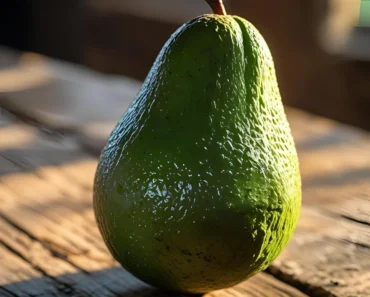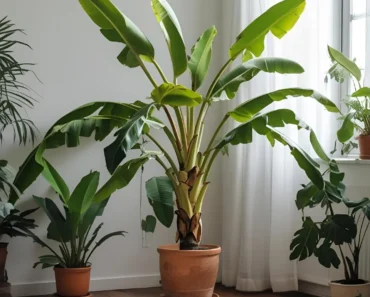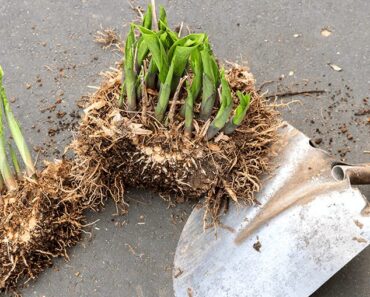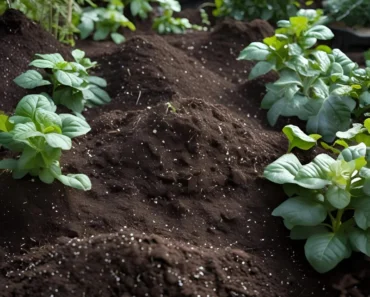To stop carpenter bees, combine prevention, humane removal, non-toxic deterrents, and ongoing protective maintenance for wood structures—these methods protect your property while supporting pollinators.ipm.ucanr+3

Understanding Carpenter Bees
Carpenter bees are solitary pollinators that nest by boring holes into wood, often targeting weathered, untreated, or unfinished softwoods like pine, cedar, and cypress. Unlike termites, they don’t eat wood but carve tunnels to lay eggs and shelter their young. Though these bees are ecologically valuable, their nesting can cause structural and cosmetic wood damage over years of repeated activity.extension.umd+2
Identifying Carpenter Bee Infestation
Recognizing an infestation is the first step:
-
Round Entry Holes: Carpenter bees drill nearly perfect 1/2-inch circular holes, often on home exteriors, garages, decks, soffits, or eaves.focuspestmanagement
-
Sawdust and Pollen: Accumulation below entry points from their boring activity.
-
Bee Activity: Large, black-and-yellow bees hovering around wooden surfaces in spring or early summer.ipm.ucanr+1
Why Prevention is Critical
Once carpenter bees establish a nesting site, they may return year after year, enlarging tunnels or attracting more bees. Early intervention is essential to prevent recurring damage and larger infestations.nahb+2
Proactive Prevention Techniques
Protect wooden structures using these strategies:
-
Paint or Varnish Surfaces: Carpenter bees prefer bare wood. Painted, varnished, or pressure-treated wood is far less appealing. Regularly renew paint or finish, focusing on soffits, trim, and siding.crownbees+2
-
Seal Cracks and Holes: Fill any depressions or openings in wood with caulk, putty, or wood filler. Existing cracks act as invitations to nest.focuspestmanagement+1
-
Choose Hardwoods or Alternative Materials: Use hardwoods or non-wood materials (vinyl, aluminum) for vulnerable structures, as bees find these harder to bore into.crownbees+1
-
Limit Attractive Debris: Remove deadwood, stumps, or untreated scrap near buildings to avoid additional nesting sites.bestbeebrothers
Non-Toxic and Natural Repellents
Eco-friendly deterrents help protect your property without harming bees:
-
Essential Oils: Citrus, almond, and peppermint oils are strong carpenter bee repellents. Mix several drops in water and spray onto susceptible wood areas, reapplying after rain or every few days during nesting season.ecohome+2
-
Vibration and Noise: Continuous noise (wind chimes, music) near nests can disrupt bees and encourage relocation.ecohome+1
-
Fake Wasp Nests: Bees may eschew an area already “claimed” by wasps. Hanging a paper bag under eaves may discourage new nests.crownbees
Humane Removal and Repair
If bees have already begun nesting:
-
Wait for Inactivity: It’s safest to act in late summer or fall, once most bees have emerged and left tunnels.ipm.ucanr+1
-
Clean Out Tunnels: Gently clear out the tunnel using a stiff wire; don’t seal active tunnels to avoid trapping bees.
-
Fill the Holes: Pack holes with steel wool (discourages re-drilling), then seal with caulk, a wood dowel, or wood filler. Sand flush and repaint or varnish for best protection.ecohome+1
-
Avoid Overusing Chemicals: Reserve insecticides for severe cases, and follow all safety precautions to minimize pollinator harm. Dusts or sprays can be applied directly into tunnels, but only when bees are absent and before sealing holes.extension.umd+1
Commercial and Professional Solutions
For persistent, large, or difficult-to-reach infestations:
-
Carpenter Bee Traps: These mimic nest holes and capture bees, offering a mechanical, chemical-free solution.bestbeebrothers+1
-
Professional Pest Control: Necessary for high or hazardous locations, extensive tunnels, or repeated infestations; experts may use specialized products and equipment.extension.umd+1
Long-Term Maintenance for Lasting Protection
Regular inspections and proactive repairs will help prevent future invasions:
-
Inspect: Schedule annual checks of decks, eaves, railings, and wooden trim for new holes or signs of bee activity.focuspestmanagement+1
-
Touch Up Surfaces: Quickly address any paint chips, weathered areas, or new cracks, especially in early spring.ipm.ucanr+1
-
Consider Sustainable Finishes: Non-toxic paints or natural finishes like charring (Shou Sugi Ban) create bee-resistant barriers.ecohome
-
Encourage Bee Habitat Elsewhere: Provide non-structural wood or deadwood in distant areas to attract carpenter bees away from buildings, supporting their pollination benefits.crownbees
Summary Table: Carpenter Bee Prevention and Control Methods
| Method | Description | Humane/Eco-Safe |
|---|---|---|
| Paint/Varnish Wood | Regularly finish exposed wood surfaces | Yes crownbees+1 |
| Caulk/Seal Holes | Fill cracks and prior tunnels with steel wool + caulk | Yes ipm.ucanr+1 |
| Essential Oil Sprays | Citrus, almond, and peppermint oils as natural repellents | Yes crownbees+2 |
| Traps | Mechanical trapping, safe alternative to chemicals | Yes bestbeebrothers+1 |
| Insecticide (as last resort) | Direct application into tunnels (only for severe infestations) | Use with caution extension.umd+1 |
| Encourage Habitat Elsewhere | Offer alternative drilling sites away from home structures | Yes crownbees |
By following these prevention, deterrence, and humane exclusion practices, it’s possible to stop carpenter bees while protecting homes, wooden structures, and pollinator populations.bestbeebrothers+5
- https://ipm.ucanr.edu/home-and-landscape/carpenter-bees/pest-notes/
- https://crownbees.com/blogs/news/8-simple-ways-to-prevent-carpenter-bees-from-moving-in
- https://www.nahb.org/subsites/log-homes/library-pages/controlling-carpenter-bees
- https://www.reddit.com/r/HomeImprovement/comments/x366ys/how_do_you_stop_carpenter_bees/
- https://extension.umd.edu/resource/carpenter-bees
- https://bestbeebrothers.com/blogs/blog/carpenter-bee-management-solutions
- https://focuspestmanagement.com/how-to-get-rid-of-carpenter-bees-focus-pest-management
- https://www.ecohome.net/en/guides/4068/a-complete-guide-to-carpenter-bee-prevention-humane-removal/
- https://www.youtube.com/watch?v=xLk1J3s8JuY
- https://ccenassau.org/resources/carpenter-bee






